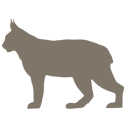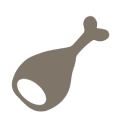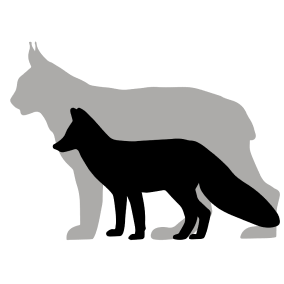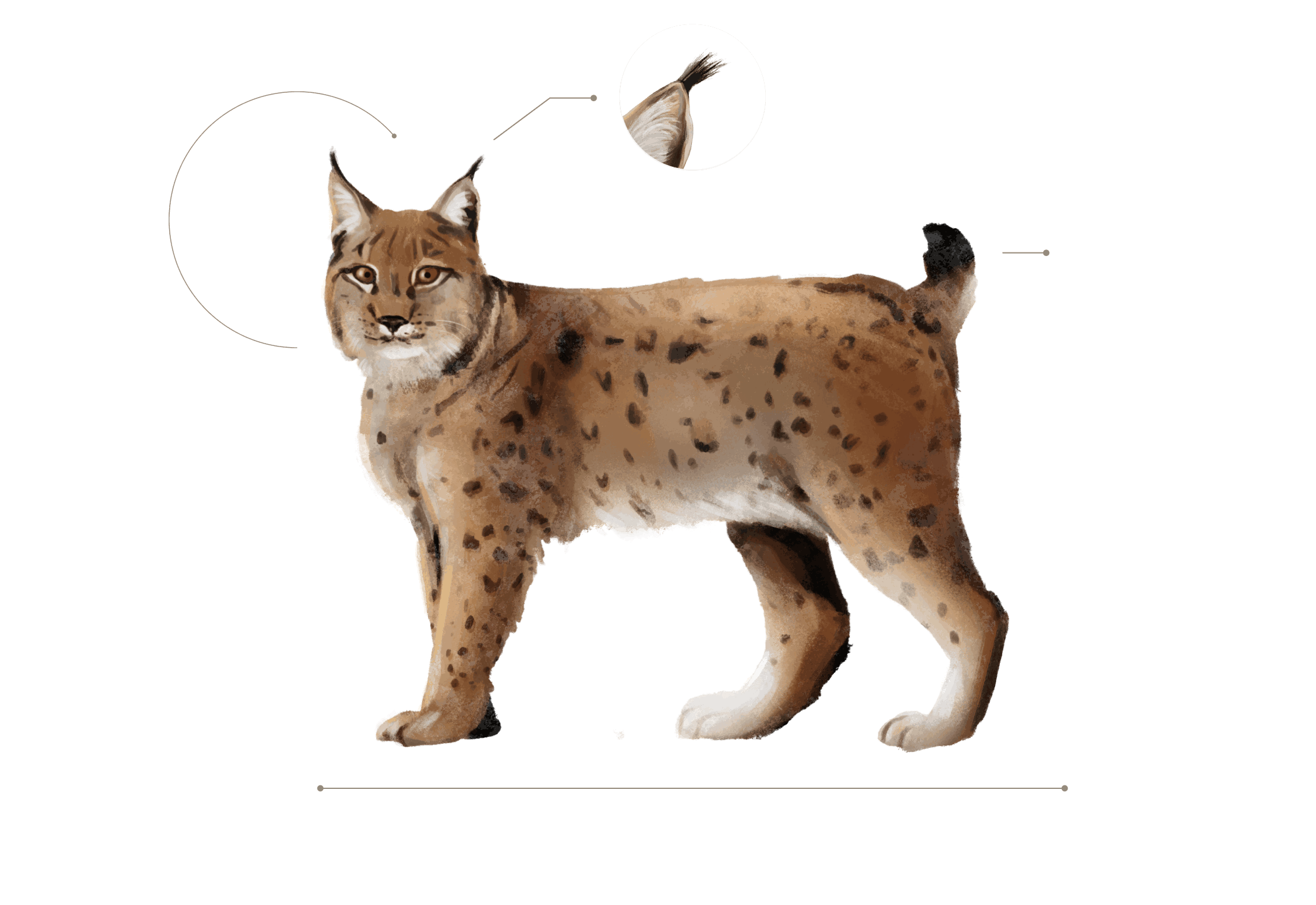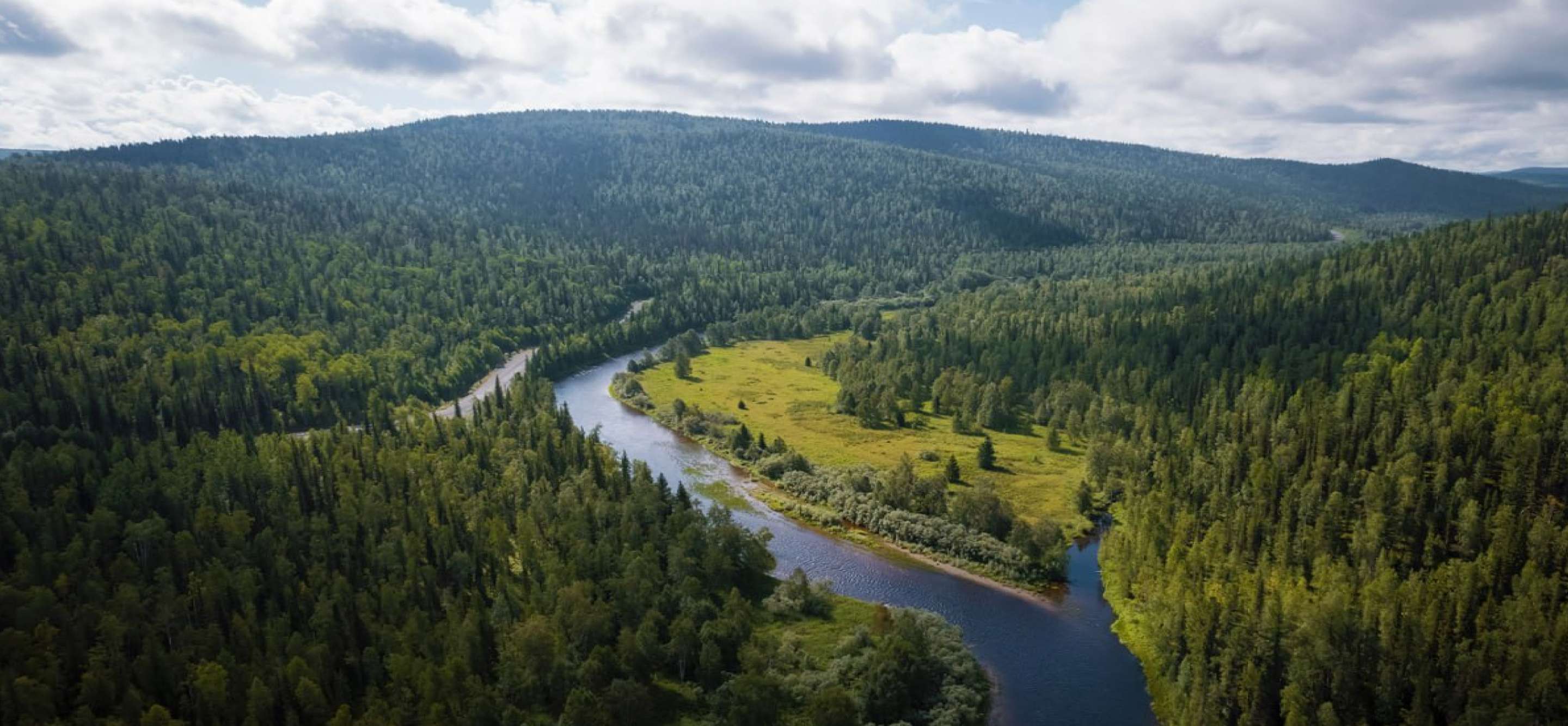
Caring for the environment
Biodiversity conservation
Mining companies all over the world are making significant investments in systems that monitor their environmental impact and in measures to offset this impact.
Polyus systematically manages the environmental aspects of its operations for the long term. We want to ensure that the areas where we operate remain clean, beautiful and alive for future generations. This systemic work is cyclical and includes the following biodiversity monitoring stages:
We work with independent experts to ensure that our environmental policy is effective and meets environmental requirements: relevant research and specialized organizations and institutes with experience in the regions of the Company’s operations, extensive knowledge and skilled personnel.
Over the years, Polyus’ environmental experts have built a comprehensive picture of existing risks and opportunities. This work has laid the foundation for the Company’s biodiversity conservation policy. We have developed a deep understanding of what needs to be done to sustain and protect wildlife in those regions where our production sites operate.
In our efforts to preserve biodiversity, we are guided by two documents: our Standard (updated in 2022) and Regulations Monitoring, managing and mitigating biodiversity risks related to the Company’s operations (approved in 2022).
Monitoring and offsetting the environmental impact in our production regions: key stages
Fish stocking
Young fish released from 2020 to 2023
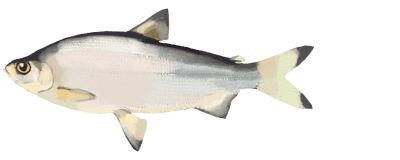
water reservoir

of Irkutsk Region
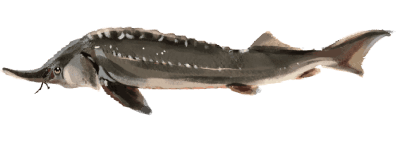
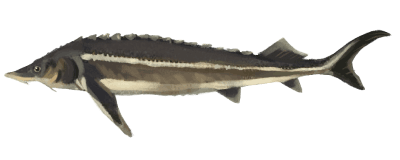
Reforestation
Conifers areas restored in 2020–2023.
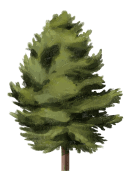 Pine
Pine
pine/larch trees
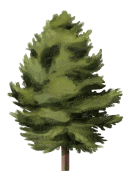
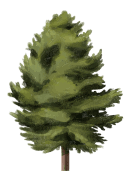
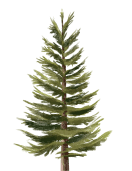
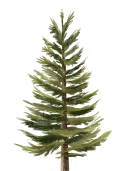 Larch
Larch
Protected Nature Reserves
Vitim Nature Reserve
in winter
in summer


A project to support and study wild ungulates
In 2021, Polyus launched a project to support and study wild ungulates living in this area. Feeding troughs and salt licks were installed in the areas of the nature reserve inhabited by these animals to help them survive the long winter. This means they do not have to go outside the reserve looking for food and makes it easier for researchers to monitor the herds.
Camera traps near the feeding troughs record everything that happens there all day and all night. Reindeer, elk, wapiti, musk deer and other ungulates living in the reserve have all been photographed. Photo reports help experts get a good idea of the number of animals, migrations, population composition and behavior patterns.
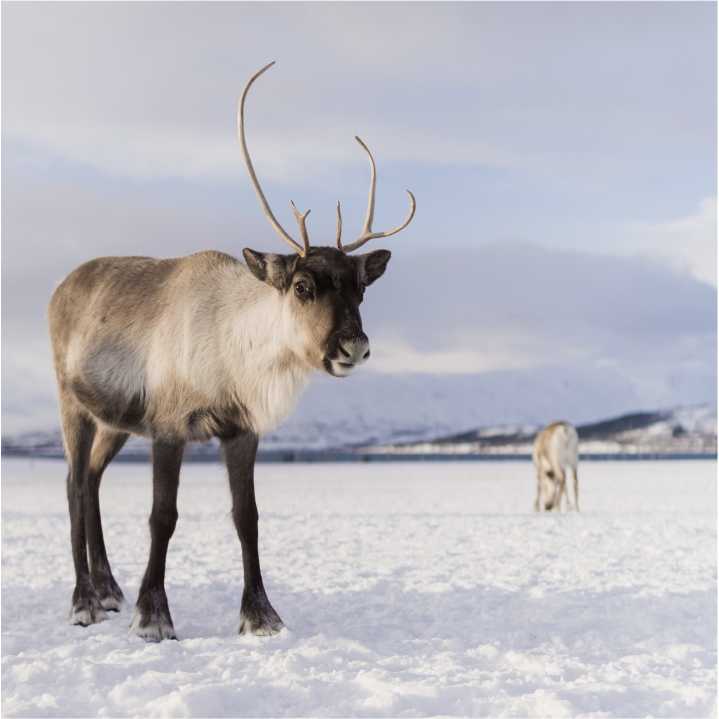
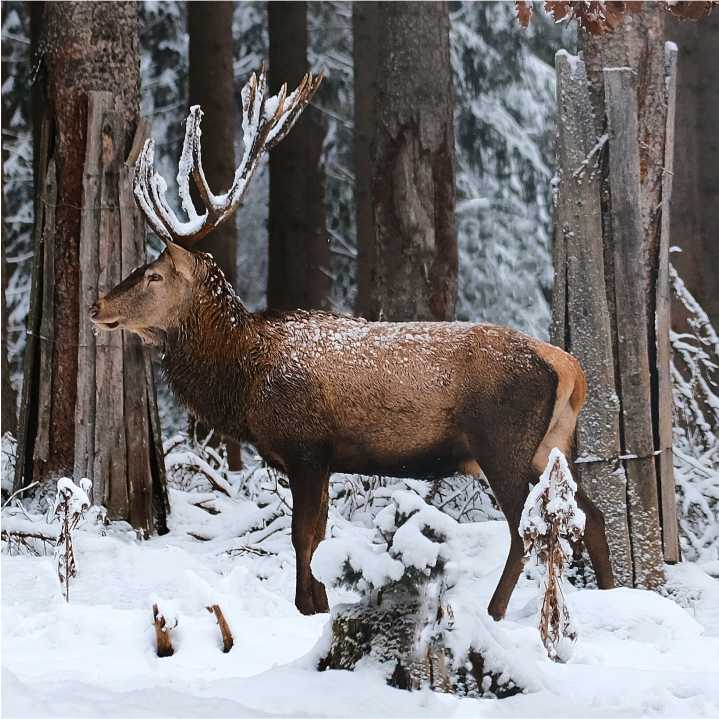
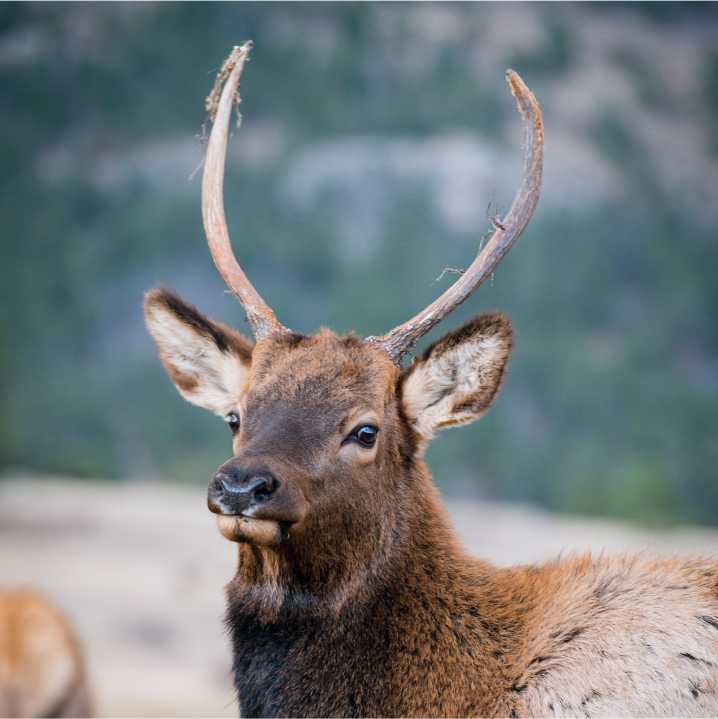
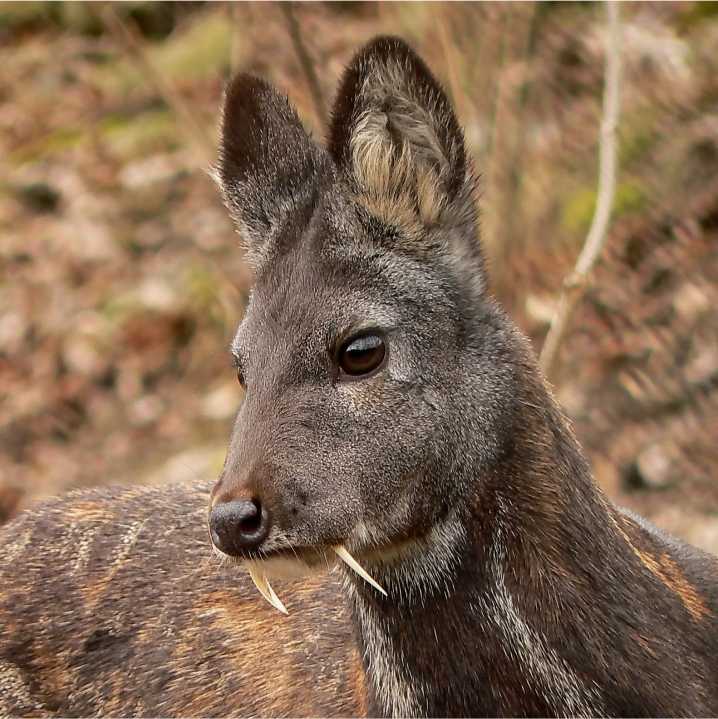
However, the bears continue to steal the spotlight: camera traps have given researchers a vast number of images showing the everyday life of these animals in the nature reserve. All data, including the results of winter studies and animal encounter cards, have been used to prepare the Vitim wildlife register and the Nature Reserve Chronicle. Monitoring and applied research continued in the nature reserve throughout 2022–2023 with Polyus’ support.
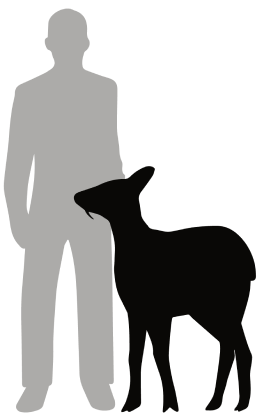
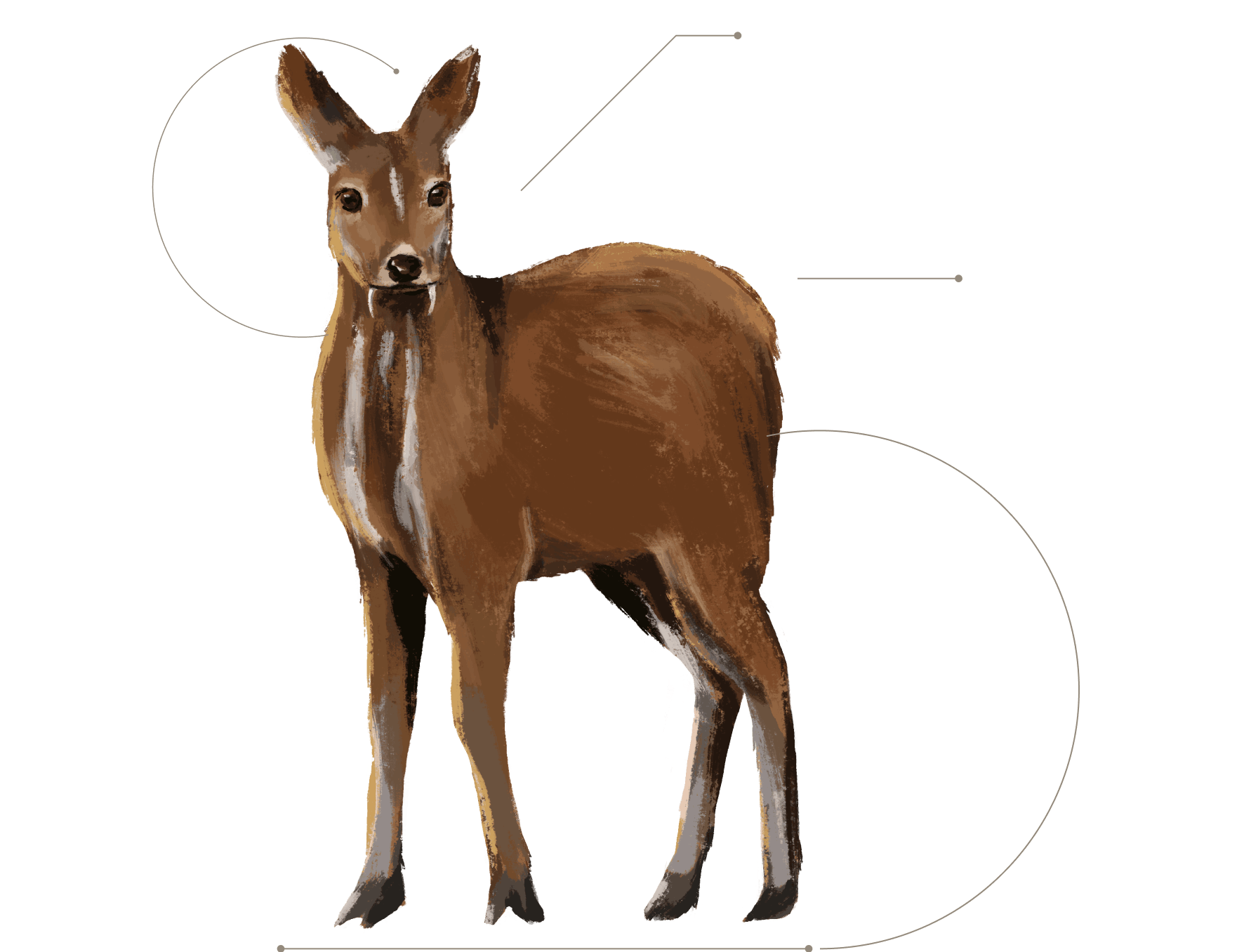
Talan Island — a natural landmark


Study and preservation of rare species of waterfowl and birds of prey
This small island is home to 147 species of birds. Approximately 1.8 mln birds live here, most of which are migratory. Birds are the real masters of the island with virtually no natural enemies. They find shelter in the rocks and screes, while Talan’s bays provide them with fish, krill and plankton to feed themselves.
You can observe kittiwakes, guillemots, puffins and horned puffins here, as well as crested and whiskered auklets, murrelets and cormorants. The island’s rare species include Steller’s sea eagle and peregrine falcon.
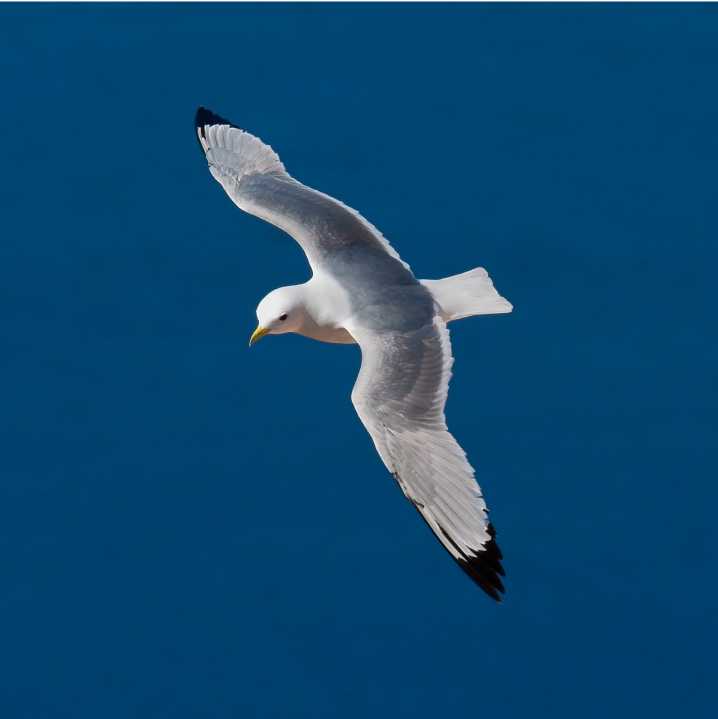
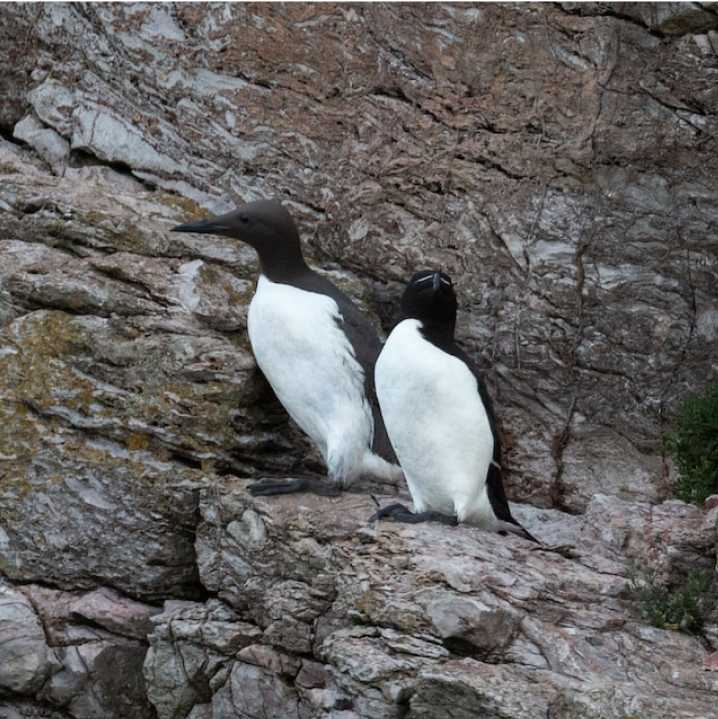
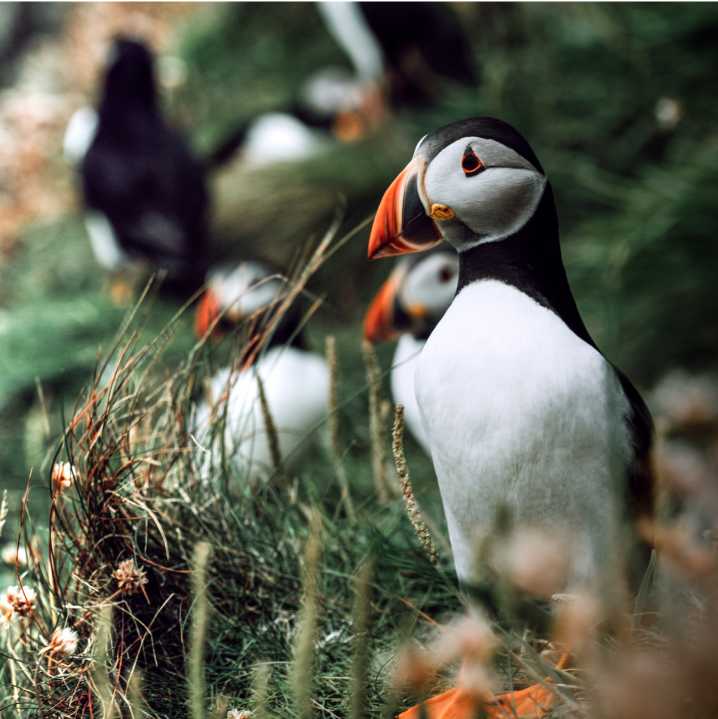
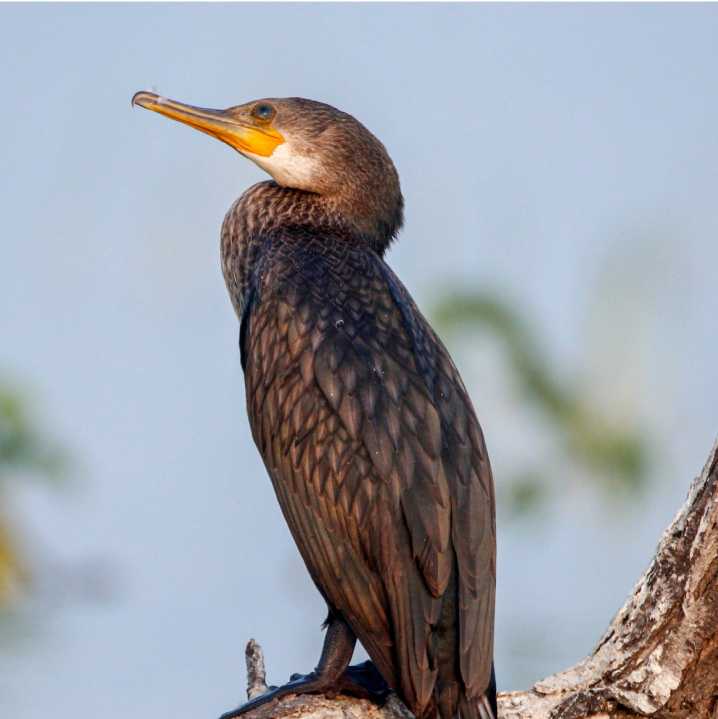
Observing birds living on the island is of global research interest. Previously, scientists stayed here for several months at a temporary ornithological station. The island is surrounded by ice from late autumn to early spring, which makes it unreachable for researchers and scientific workers.
Now, thanks to the Protected Nature Reserves program, autonomous control and monitoring stations operate on Talan. Station cameras continuously livestream all year-round and transfer the data to researchers via wireless Internet. An original system was designed and installed just for this project, which includes subsystems for autonomous power supply and signal wireless transfer, as well as observation devices with mast-mounted equipment.
The autonomous station
Allows researchers to observe the birds in their natural habitat without disturbing them
Allows follow-up control of the bird population and behavior
Collects data from previously inaccessible locations
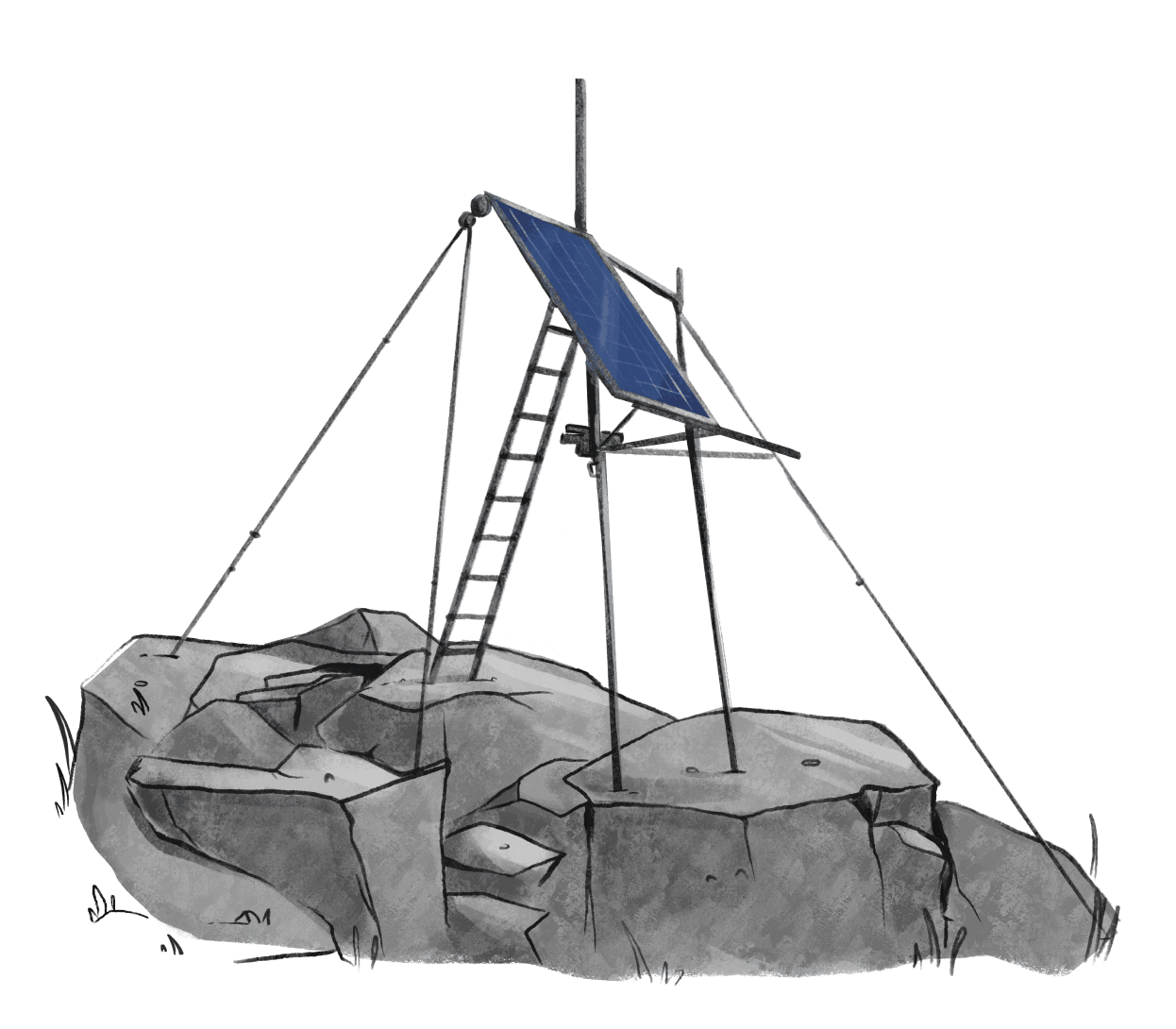
Cameras recorded inaccessible areas of the slopes where puffins, horned puffins and crested auklets build their nests. Researchers obtained a video recording of a flock of crested auklets hunting. The auklets fly off to fish synchronously, hunt from the water and then fly back all together. The researchers counted the number of birds and compared the data with previous observations.
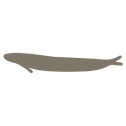
per flight


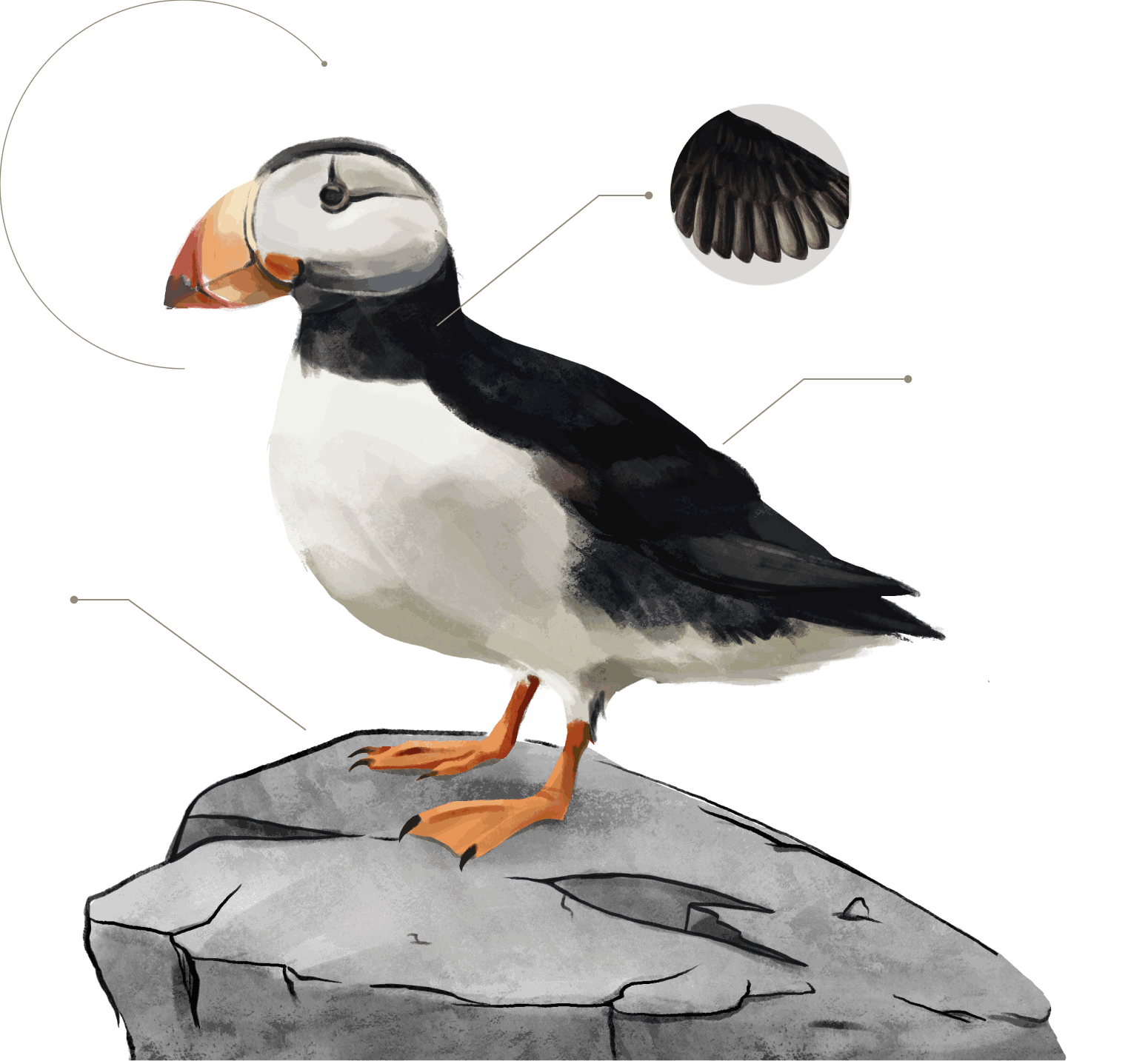
Chersky National Park
Chersky National Park named after A.V. Andreev is located on the upper course of the Kolyma River in Magadan Region. This is the newest nature park in Russia and was established in December 2022 at the initiative of specialists from the Russian Institute of Biological Problems of the North to preserve the unique landscapes and natural habitats of the catchment area of the upper course of the Kolyma River and archeological and geological sites of the southern spurs of the Chersky Range. The establishment and development of the Chersky National Park will help preserve the lakes and rivers of the upper course of the Kolyma River and related ancient human sites from the Mesolithic and Neolithic periods for future generations and make it easier to study them. Polyus, together with the Russian Institute of Biological Problems of the North and the Russian Geographical Society, conducts scientific and research expeditions in Omulyovsky 1 — the park’s most remote cluster.
Chersky national park territory has two large clusters: Jack London Lake and Omulyovsky Park This currently includes three large independent subclusters: Omulyovsky 1, Omulyovsky 2 and Omulyovsky 3. .


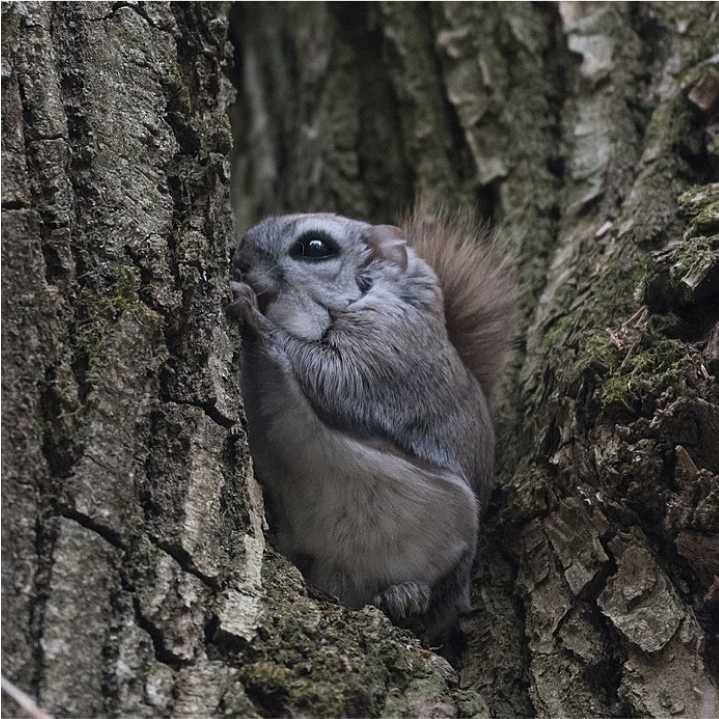
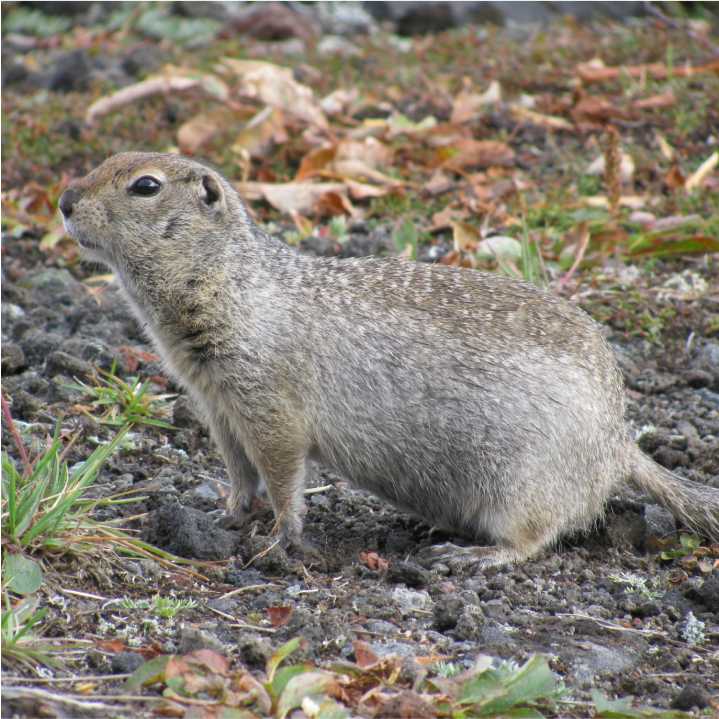
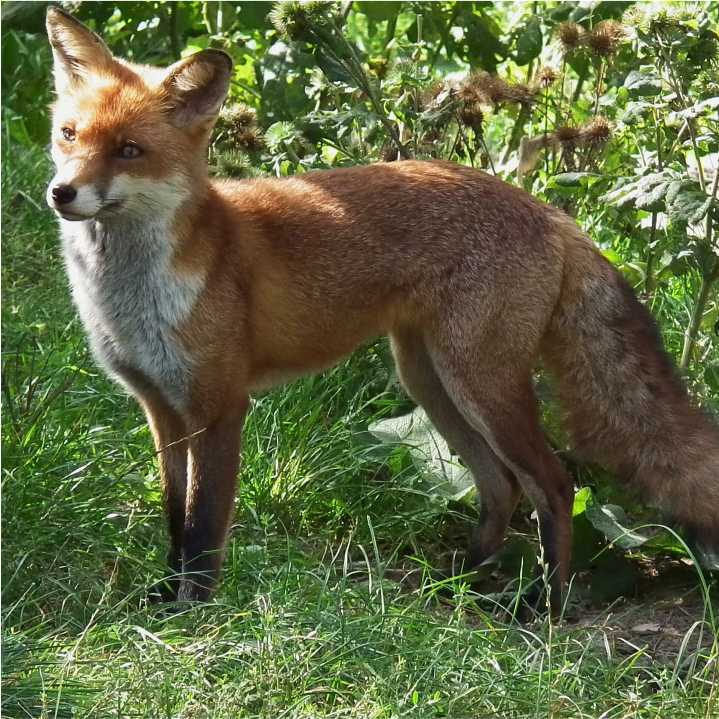
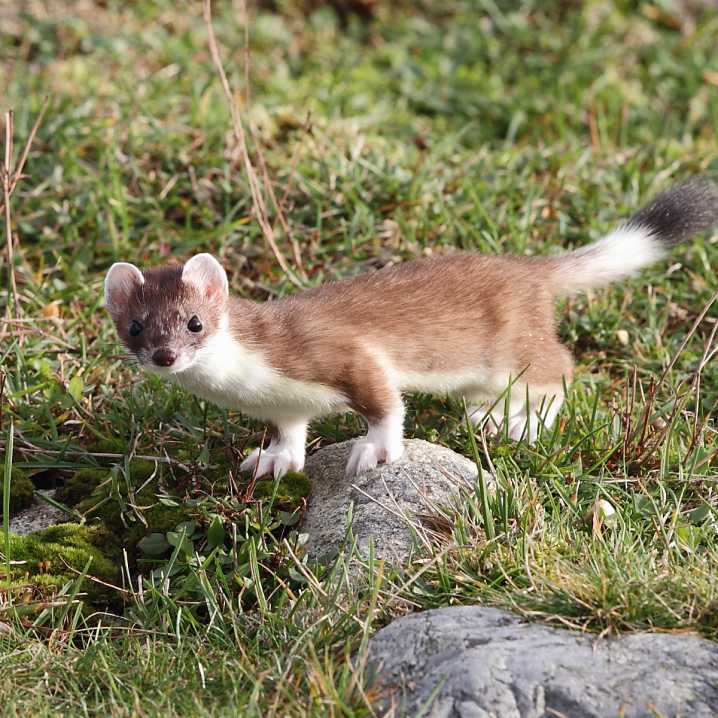
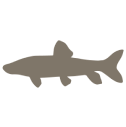


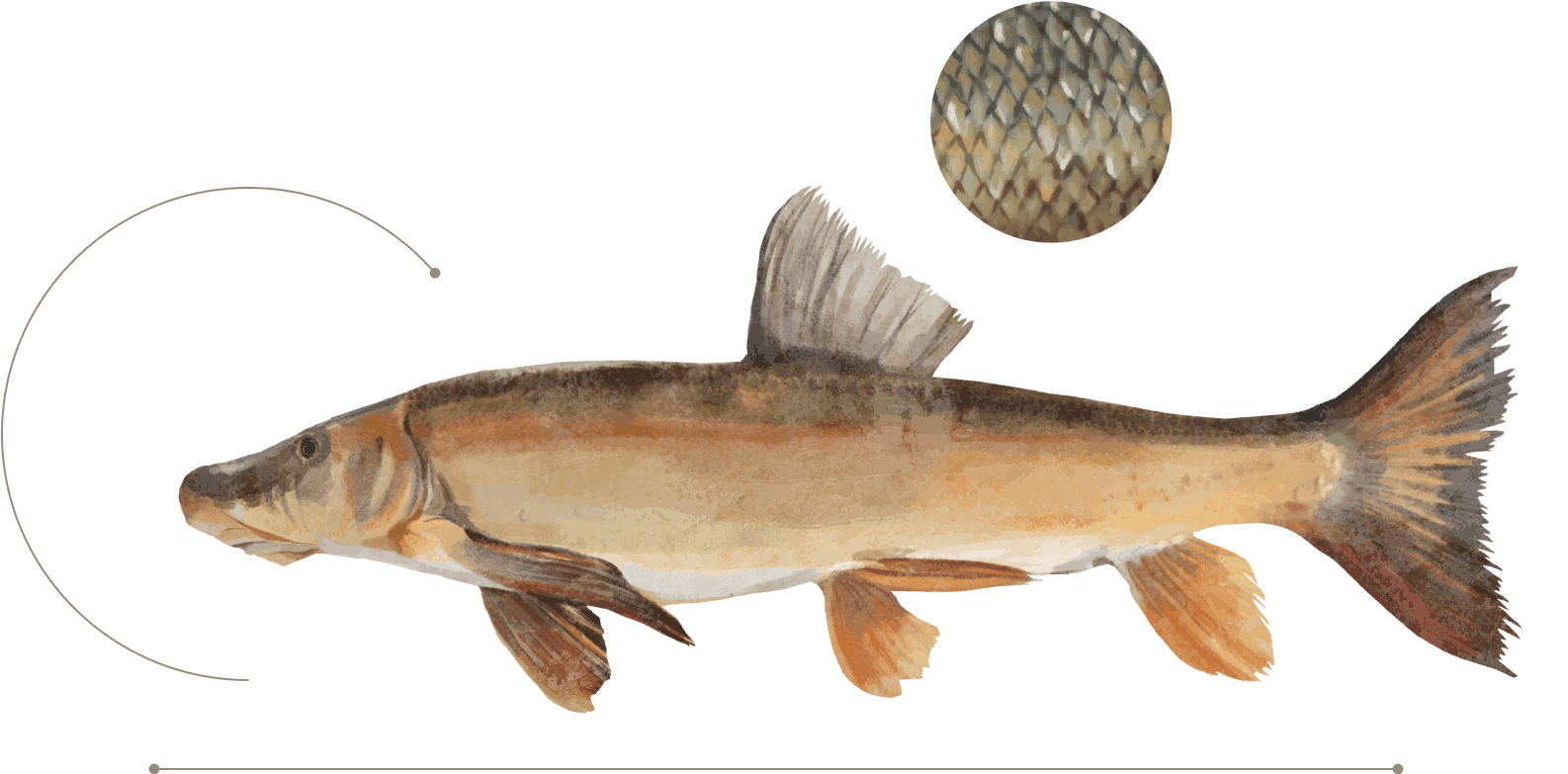
Sunnagino-Siliginsky Resource Reserve


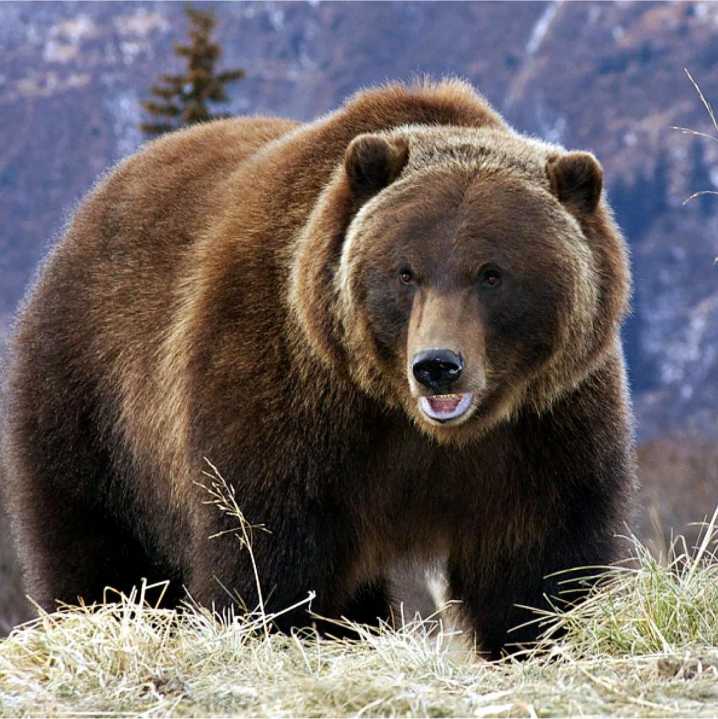
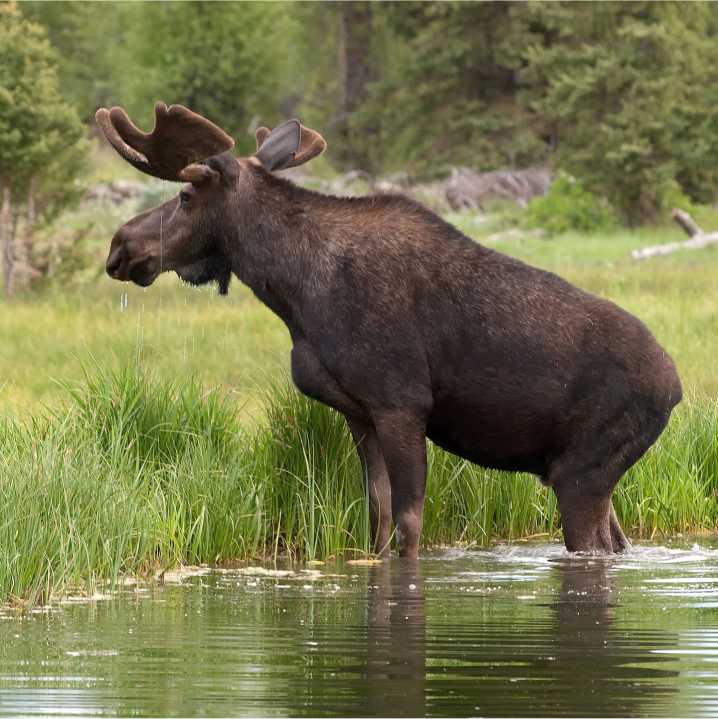
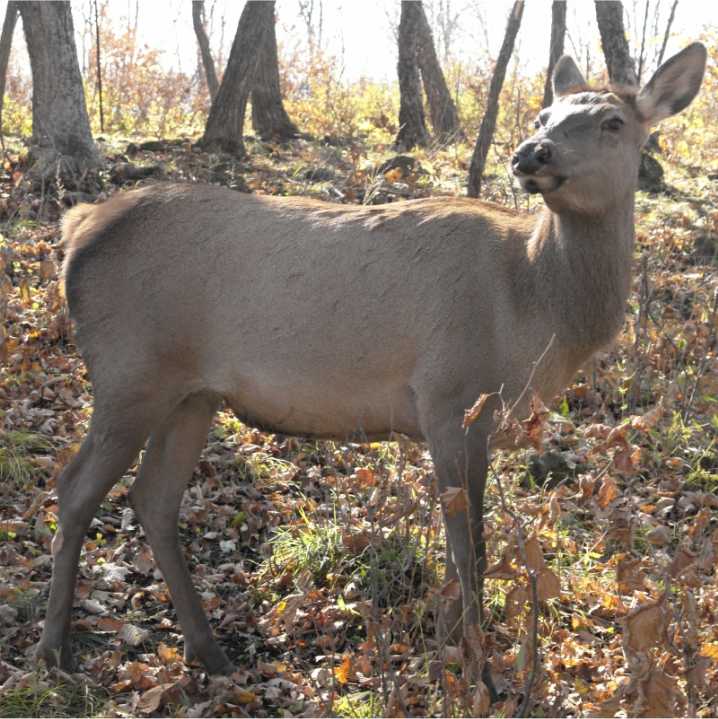
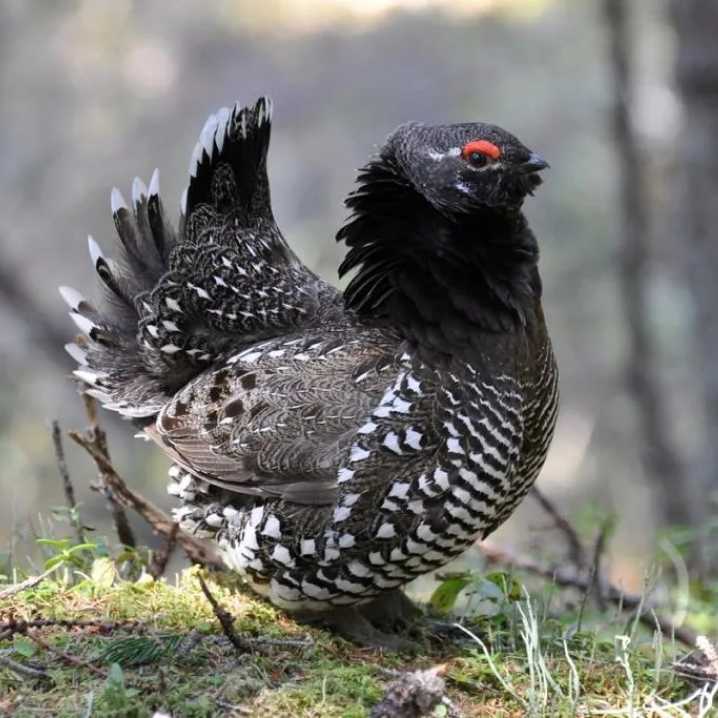
Assessment of the current status of the Siberian grouse
Since 2022, Polyus has supported research activities on the territory of the resource reserve. The Siberian grouse is the main subject of the current status investigation and assessment. This is an endemic bird with a habitat in a small area in the Far East taiga between the coast of the Pacific Ocean and the Zeya River headwater.
As part of the project, laboratory investigations were conducted in 2022 into the factors impacting the survival of the grouse in the wild. In 2023, a winter expedition was organized to identify their current habitat. The researchers managed to find and photograph the rare birds and check the population size against previous reports. It was discovered that the number of grouse in the reserve had declined dramatically in comparison with the 2003 count. Therefore, we need to continue studying this species and work out measures for preserving the population.

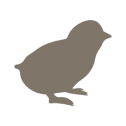
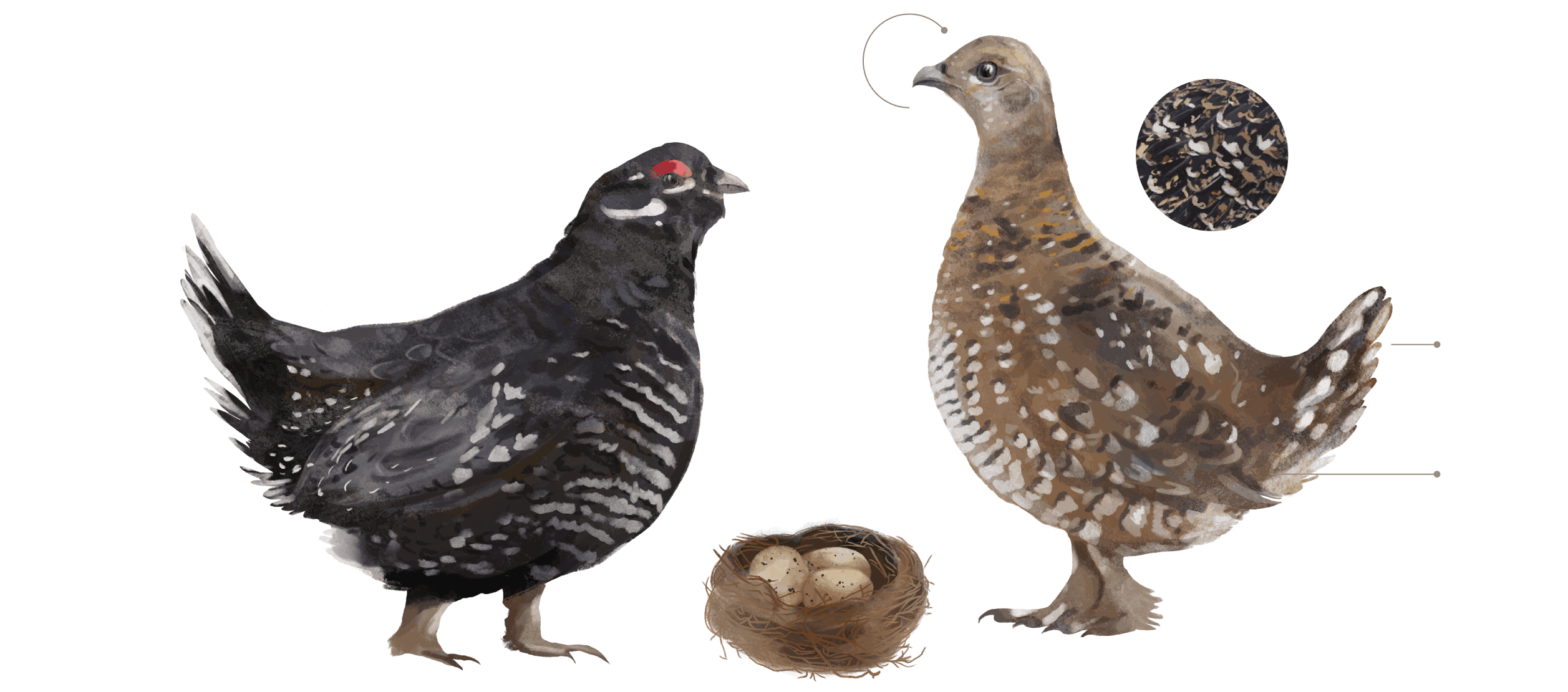
Krasnoyarsk Pillars National Park
Krasnoyarsk Pillars National Park is the oldest nature conservation area in Krasnoyarsk Territory. Founded in 1925, it now covers over 48,000 km2 on the northwestern spurs of the Eastern Sayan Mountains.
This territory is accessible for visitors, and it is quite easy to get here by public transport from Krasnoyarsk. Environmental conditions in the conservation area, unlike in most specially protected natural areas, are quite specific and are determined by a combination of many factors, the most important of which are: proximity of the national park to a large industrial center and many years of land use (hunting, deforestation, intensive construction of cottages, etc.). Under these conditions, Krasnoyarsk Pillars National Park plays an important role in protecting and maintaining the territory’s biodiversity, including rare species.


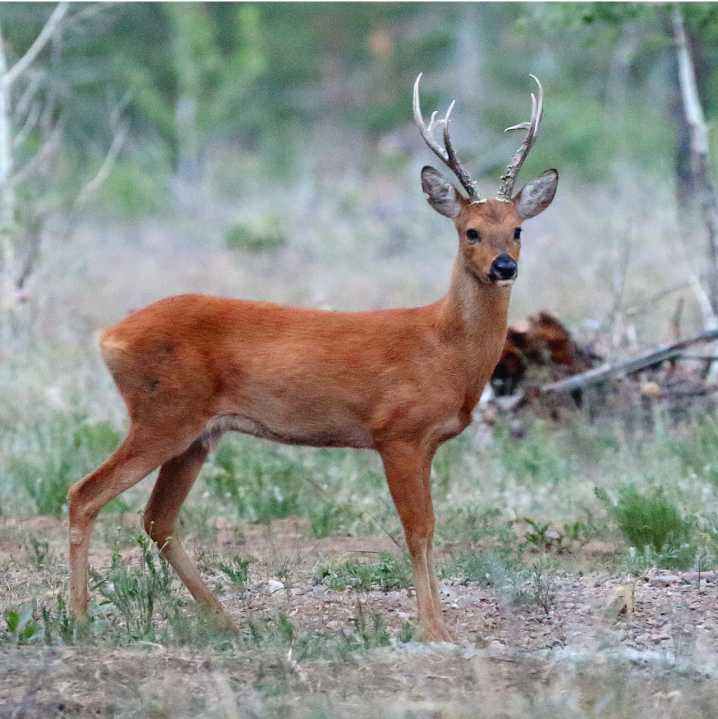
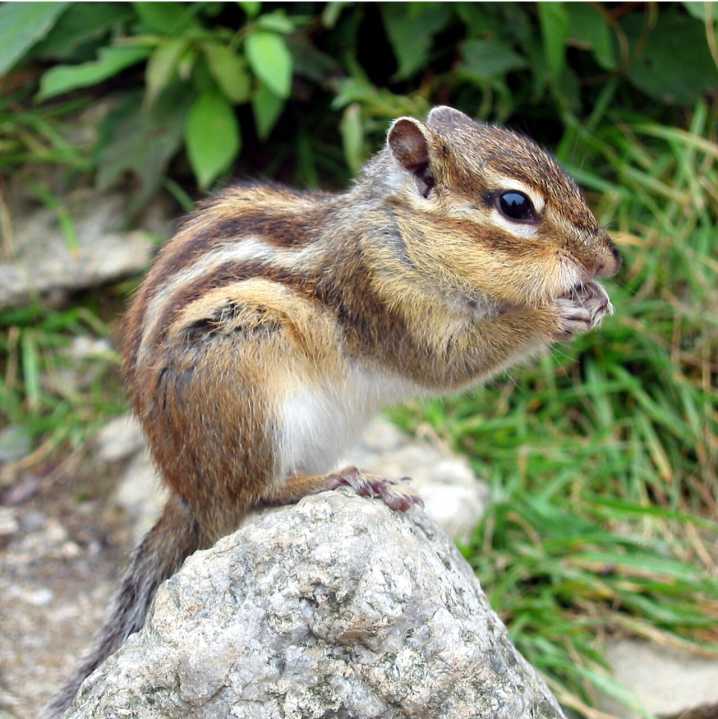
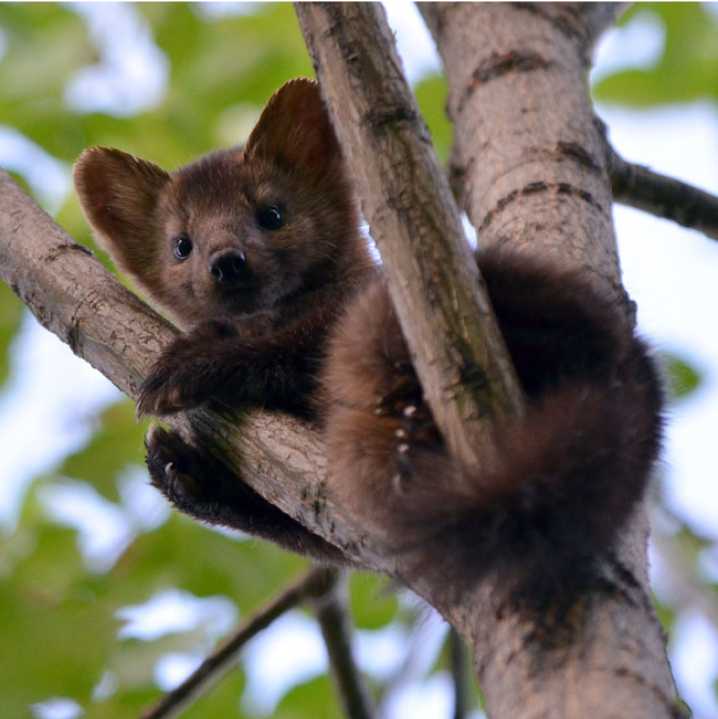
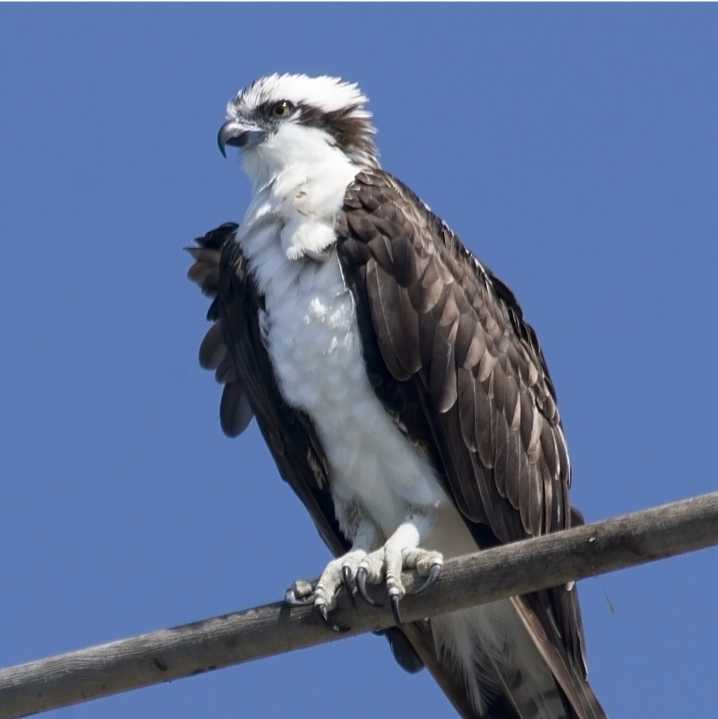
Conservation of the natural population of wild cats (Eurasian lynx)
In 2023, Polyus, together with Krasnoyarsk Pillars National Park, launched a joint project on research into and preservation of the lynx. Notwithstanding its wide distribution, this species is still vulnerable and requires research and protection.
Given the predominantly secretive lifestyle of this wild cat, researchers need to find special methods for studying its life and counting its population and distribution over the territory. The lynx is included on the Red List of Krasnoyarsk Territory as a species with a shrinking population.
In addition, the number of visitors to the national park has increased over the last three or four years, and new tourist routes need to be developed. This could be critical for the wild animals that have populated these areas and not previously experienced any human impact in the national park. That is why the project’s main aim was to assess the risks involved in expanding the recreation network into the lynx’s habitat and manage the flow of tourists to preserve the natural breeding grounds of the wild cat and the habitat of ungulates, which are the nutritive base for this predator. In the future, Polyus plans to develop and support joint biodiversity conservation projects together with Krasnoyarsk Pillars National Park.
(Lynx)

